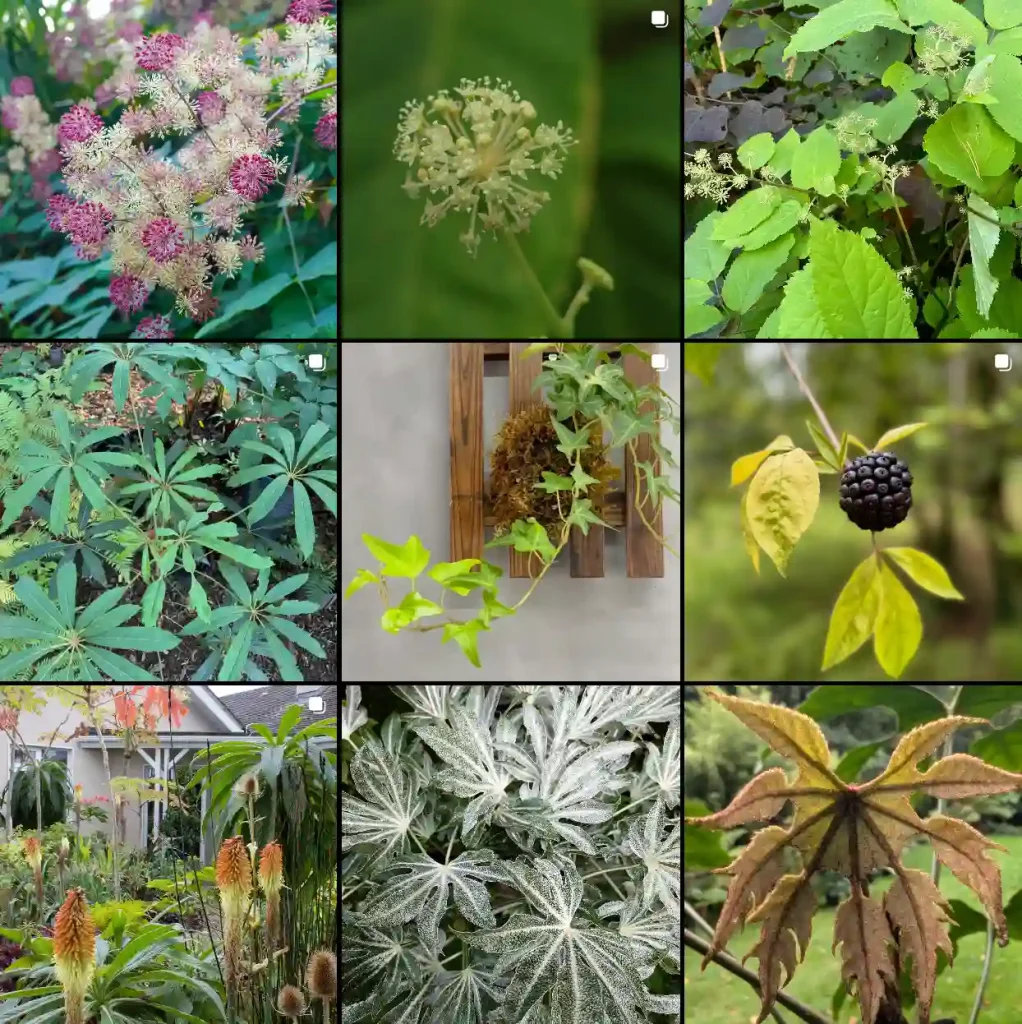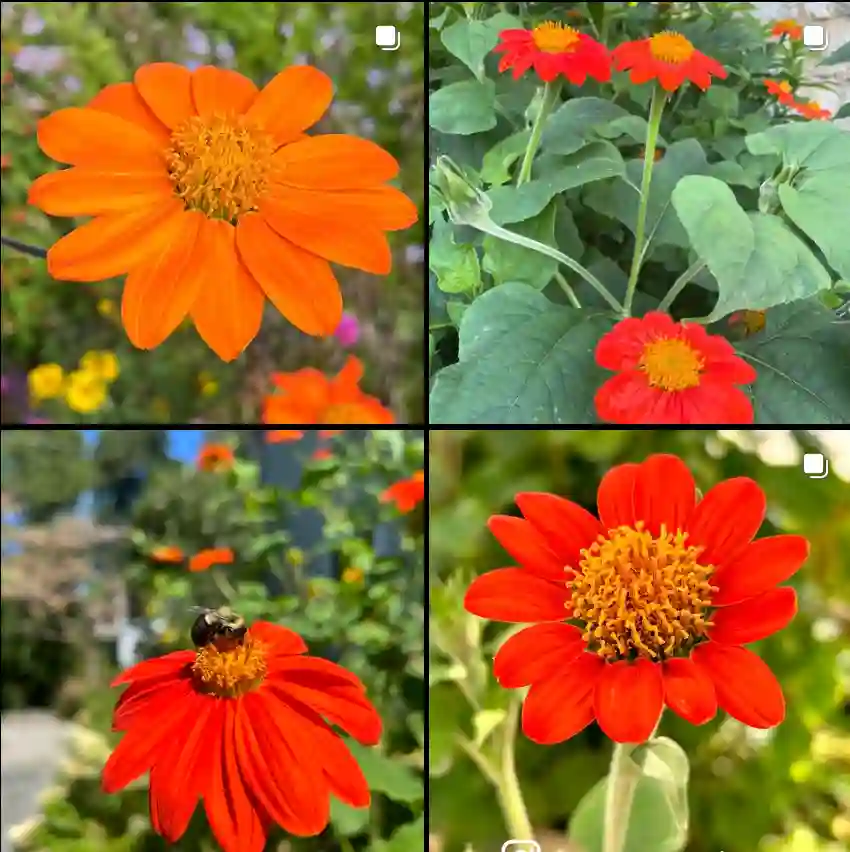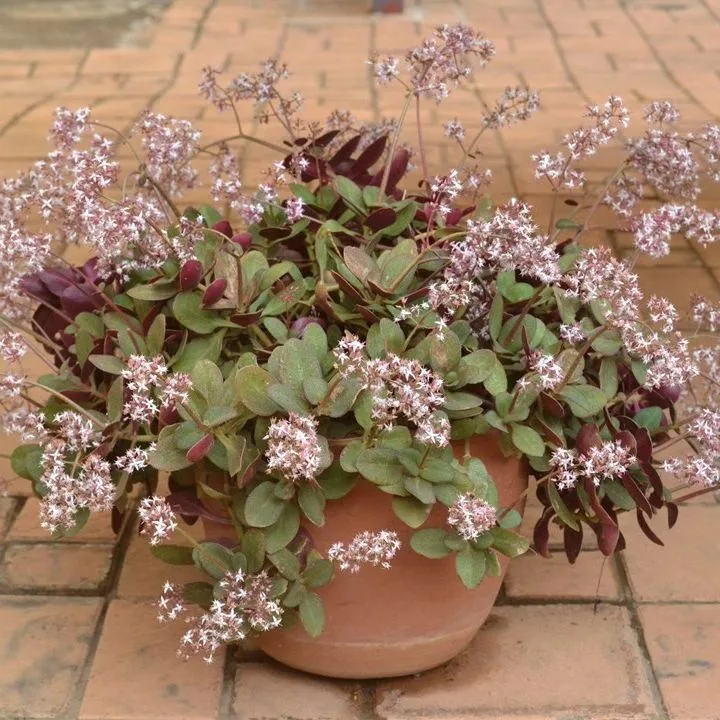
My Love Affair with Sorbaria Sorbifolia: A Gardener’s Guide
For years, I dreamt of adding a vibrant, low-maintenance shrub to my garden. One that offered a burst of color and texture while remaining relatively carefree. Then, I stumbled upon Sorbaria sorbifolia, also known as the False Spirea. It was love at first sight (or should I say, first glance at a gardening catalog). This captivating shrub has become a star player in my garden, and I’m here to share its magic with you.
4 Species in Genus Sorbaria
What is Sorbaria sorbifolia?
Sorbaria sorbifolia is a deciduous shrub belonging to the Rosaceae family, the same family as roses and apples. Don’t let the “False Spirea” moniker fool you – while it shares some aesthetic similarities with true Spireas, Sorbaria sorbifolia boasts unique characteristics. It typically reaches heights of 5 to 8 feet, with a graceful, multi-stemmed form. The real showstopper, however, is its foliage. Delicate, fern-like leaves emerge with stunning shades of pink, orange, and gold, maturing into a lush green throughout the season.
The crowning glory of the Sorbaria sorbifolia arrives in early summer. Masses of tiny, white flowers erupt in dense, pyramid-shaped clusters, resembling a cascading waterfall of delicate blooms. These fragrant blossoms are a magnet for butterflies, adding another layer of life and beauty to your garden.
How to Care for Sorbaria sorbifolia?
The beauty of Sorbaria sorbifolia lies not just in its aesthetics, but also in its ease of care. Here’s how to ensure your False Spirea thrives:
- Planting: Choose a location that receives full sun for optimal flowering. However, it can tolerate some shade, especially in hotter climates. Plant your Sorbaria sorbifolia in well-drained, fertile soil. Amending your planting hole with compost or organic matter will give it a good starting point.
- Watering: Water your Sorbaria sorbifolia regularly, especially during its first year and during periods of drought. Once established, it’s relatively drought-tolerant, but maintaining consistent moisture will encourage lush growth and abundant flowering.
- Fertilizing: While not strictly necessary, a light application of balanced fertilizer in early spring can give your Sorbaria sorbifolia a boost. Opt for organic fertilizers or compost for a more natural approach.
Is Sorbaria sorbifolia Evergreen?
One of the most common questions I get about Sorbaria sorbifolia is whether it’s evergreen. The answer is a resounding no! As mentioned earlier, it’s a deciduous shrub. This means it loses its leaves in fall, revealing a network of bare branches. However, this shouldn’t be seen as a drawback. The stark winter silhouette of the Sorbaria sorbifolia adds a unique charm to the garden landscape, especially when dusted with fresh snow.
How to Prune Sorbaria sorbifolia?
Pruning your Sorbaria sorbifolia is a relatively simple process. Typically, it doesn’t require heavy pruning. However, here are some things to keep in mind:
- Light Pruning: After flowering in late summer or early fall, you can lightly prune to remove spent flower heads and maintain the desired shape.
- Renewal Pruning: Every few years, consider more substantial renewal pruning. This involves removing up to one-third of the oldest stems at ground level. This encourages new growth and helps maintain a youthful appearance for your Sorbaria sorbifolia.
Important Tip: When pruning, always use sharp, sterilized pruning shears to avoid damaging the plant.
What to Plant with Sorbaria sorbifolia?
Sorbaria sorbifolia is a versatile shrub that complements a variety of garden styles. Here are some ideas for creating stunning combinations:
- Showstopping Companions: Pair your Sorbaria sorbifolia with colorful perennials like daylilies, phlox, or Russian sage for a vibrant summer display.
- Textural Contrast: Plant ornamental grasses such as Maidenhair Grass or Blue Fescue for a textural contrast against the delicate foliage of the Sorbaria sorbifolia.
- Shady Companions: Consider planting shade-loving perennials like hostas or ferns beneath your Sorbaria sorbifolia, especially if it’s placed in a location with partial shade.
How to Propagate Sorbaria sorbifolia?
There are two main ways to propagate your Sorbaria sorbifolia and share its beauty with others:
Division: This is the easiest method. In early spring or fall, carefully dig up a mature Sorbaria sorbifolia clump and divide it into sections, each with healthy roots and shoots. Replant the divisions in their new locations and water them regularly until established.
Softwood Cuttings: For a more adventurous approach, you can try propagating Sorbaria sorbifolia through softwood cuttings. Here’s how:
In early summer, select healthy, non-flowering stems with at least 4-6 nodes.
Using sharp, sterilized pruning shears, cut a section 4-6 inches long just below a node. Remove the lower leaves, leaving a few at the top.
Dip the cut end of the stem in rooting hormone (optional but can improve success rate).
Fill a pot with a well-draining potting mix. Make a hole in the center and insert the cutting, ensuring at least two nodes are buried beneath the soil.
Water thoroughly and place the pot in a location with indirect sunlight. Keep the soil consistently moist but not soggy.
With proper care, roots should develop within several weeks. Once established, harden off the new plant by gradually introducing it to more sunlight before transplanting it to its permanent location.
Potential Problems with Sorbaria sorbifolia
While a relatively low-maintenance shrub, Sorbaria sorbifolia can face a couple of challenges:
- Aphids: These tiny, sap-sucking insects can sometimes infest the new growth. Fortunately, a strong spray of water or insecticidal soap solution is usually enough to control them.
- Powdery Mildew: This fungal disease can cause white, powdery spots to form on the leaves. Good air circulation and avoiding overhead watering can help prevent powdery mildew. However, if it becomes severe, neem oil or a fungicide can be applied.
Remember: Early detection and treatment are key to managing any potential problems with your Sorbaria sorbifolia.
If i die, water my plants!



